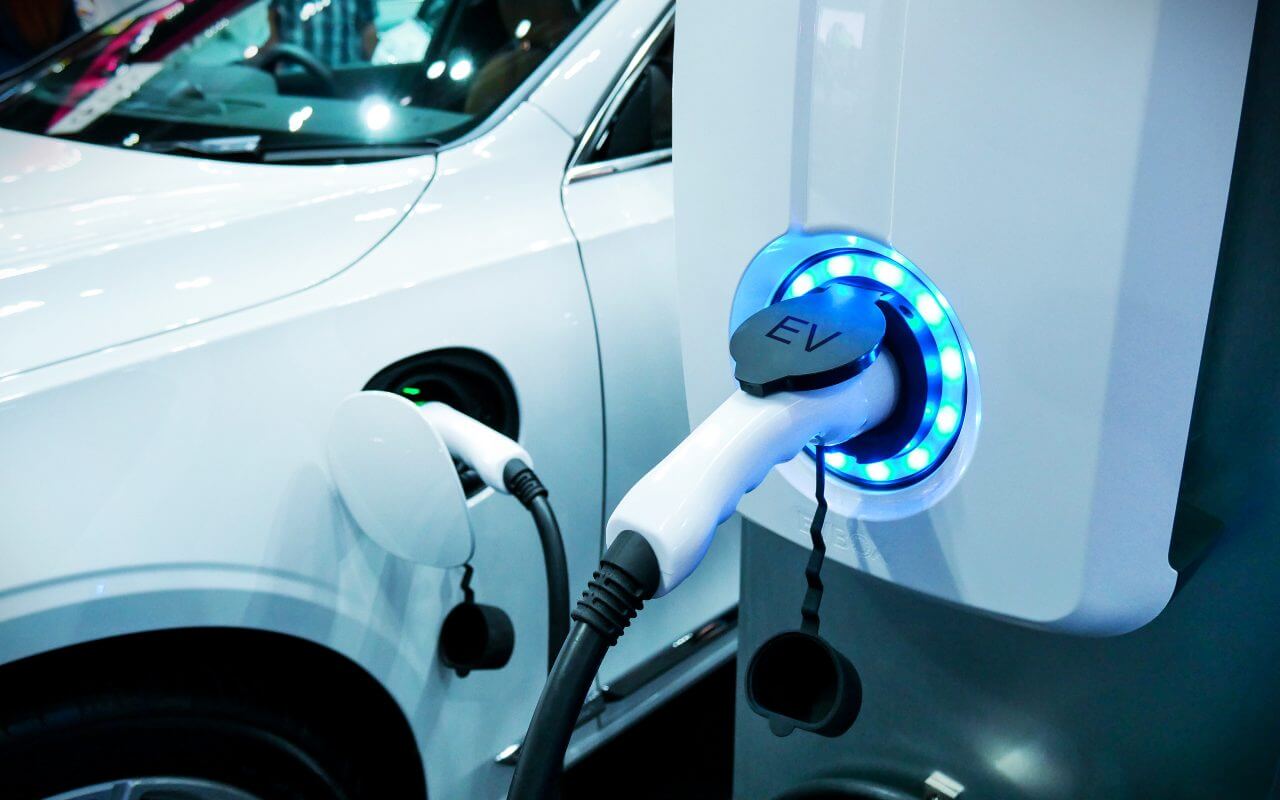A key concern for petrol station owners and operators has been the risk of legislation abruptly imposing a blanket requirement for installation of EV charge points in petrol station forecourts. For good reason – an electrical ignition risk isn’t the easiest or instinctively the safest addition to a petrol forecourt.
What has the Government done?
The Government’s policy and legislative approach has overwhelmingly prioritised EVs for energy transition in the automotive sector. However, to date prevailing common sense has, perhaps, guided the Government’s focus away from mandating EV charge points in petrol stations.
Instead, emerging regulations have focussed on EV charge points in local on-street parking, and certain categories of residential and commercial buildings which are, in the main, separate from service station premises. New rules in force from 15 June 2022 require:
- EV charge points in all new homes with on-site parking.
- At least one EV charge point per dwelling with parking, and EV cabling for all parking in existing residential buildings undergoing renovation with ten or more on-site parking spaces.
- At least one EV charge point, and cable routes for one in five parking spaces in new non-residential buildings with over ten on-site parking spaces.
- From 2025, at least one EV charge point for existing non-residential buildings with more than 20 car parking spaces.
To date petrol station owners and operators have been spared such a seismic change to the rules governing installation of EV infrastructure on their property.
However, Government policy and infrastructure investment decisions designed to accelerate EV uptake continue. It appears to be a matter of when and how (rather than if), the construction, development and operation of petrol retailers’ property and business transforms.
Effects on business
Operators are naturally acutely aware of the commercial, practical and safety risks associated with abrupt regulatory changes concerning fuelling and charging infrastructure.
However, there are less widely appreciated, but equally financially potent risks raised by emerging regulation, which must be mitigated if operators’ interests are to be protected. For example, realising the full value of property development opportunities directly depends on careful attention to the impact of emerging technology regulations on forecourt construction and development projects.
Eagle eyed attention to seemingly mundane provisions of lengthy and detailed construction contracts is invariably vital. Smooth progression and successful project completion depend on it. For example:
- Compliance with specific, and often newly implemented or changeable regulation governing installation of emerging vehicle and fuel technologies is fundamental. Making that happen cost effectively requires equal measures of commercial acumen and effective legal drafting.
- Management of the risk associated with changes to regulation while works are underway is key. Who bears the risk of technical changes to the requirements for electrical, battery or hydrogen fuelling installations mid-project?
- What if a risk allocation, liability or payment is disputed? Close attention to the legal detail is essential for avoiding, or (at least) cost-effectively resolving disputes to minimise disruption during the project.
The most cost-effective way to deal with the above is through careful preparation and attention to the legal detail in forecourt construction and development contracts. Independent and professional administration of the contracts governing the development is also a powerful ally.
Where to from here?
If Government form to date is any indicator, future regulatory changes will follow short term trends in competing technologies – for example, between EV charge point, battery and hydrogen technology. Early and rapid advancement of the petrol hybrid, and full EV technology is case in point – this has been a primary driver of current policy and legislative strategy for EV charge points.
By contrast, hydrogen technology had a hopeful start. However, save for specific applications such as buses and heavy goods vehicles, hydrogen and fuel cell technology has lagged relative to its EV analogues, particularly over the last five years. The Government’s investment and regulatory focus has followed suit away from hydrogen powered passenger vehicles.
The market for hydrogen fuelled passenger vehicles comprises only two headline options in the UK consumer market, the Toyota Mirai, and Hyundai Nexo crossover. Availability of either of these for purchase is an early work in progress, as is access to fuelling facilities, and competing models have failed to get close to market. A stark contrast to the position for EVs.
A pity – the elephant in the forecourt is the cost and risk for operators who invest to adopt new fuelling technology. Realising return on investment depends on effective management of the regulatory risks, particularly where emerging regulation is captive to ripples in technological advancement. It remains to be seen whether EV infrastructure will ultimately win the battle for the petrol forecourt. However, while the technologies develop, the importance of managing regulatory risk when investing in the forecourt is a constant.
This article appeared in Petrol Heads-Up Newsletter.



